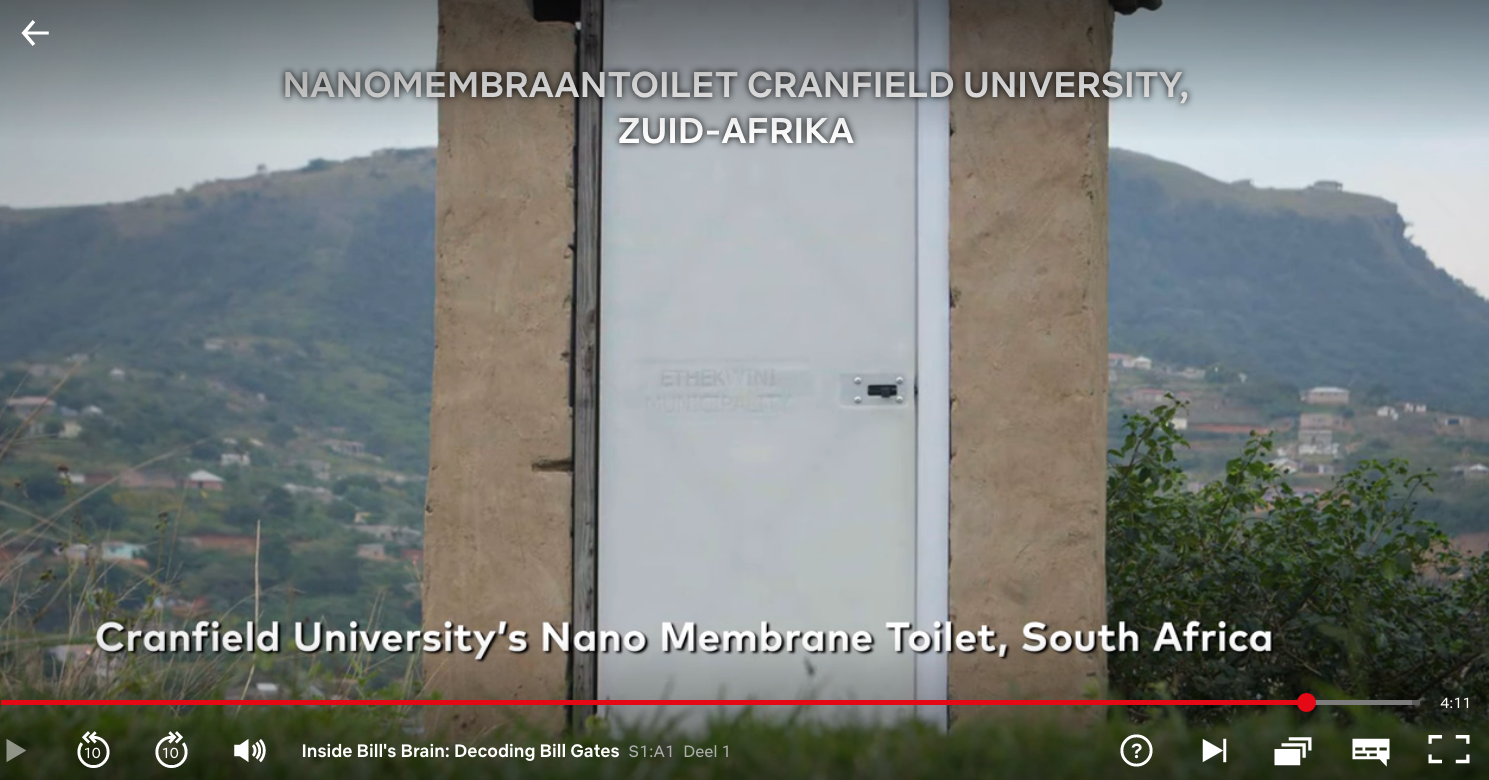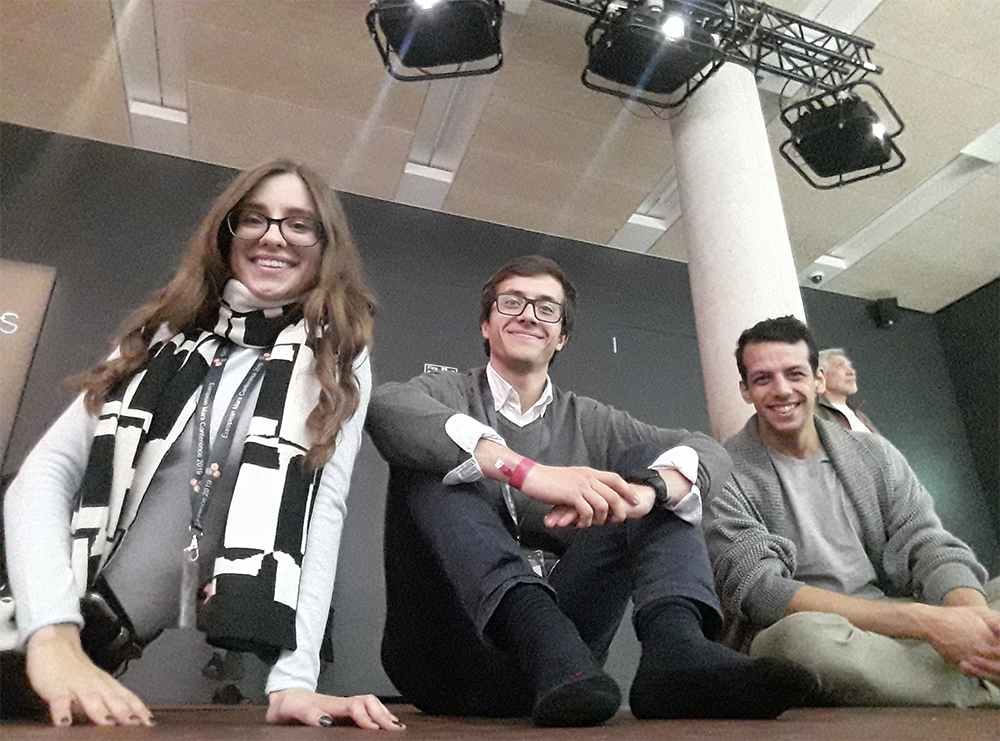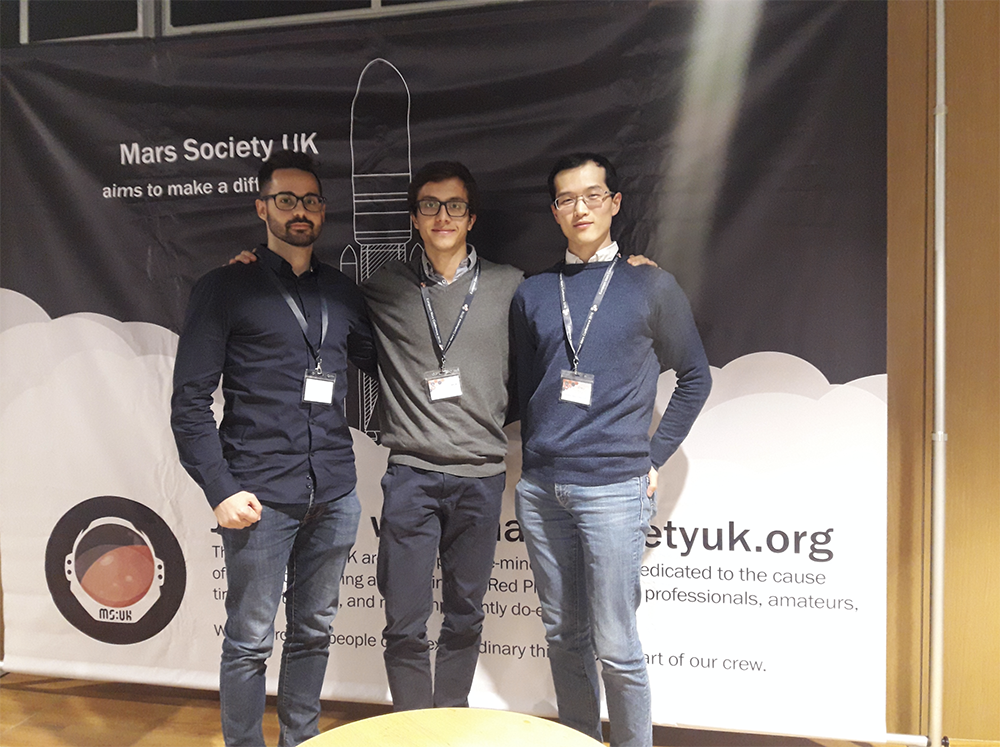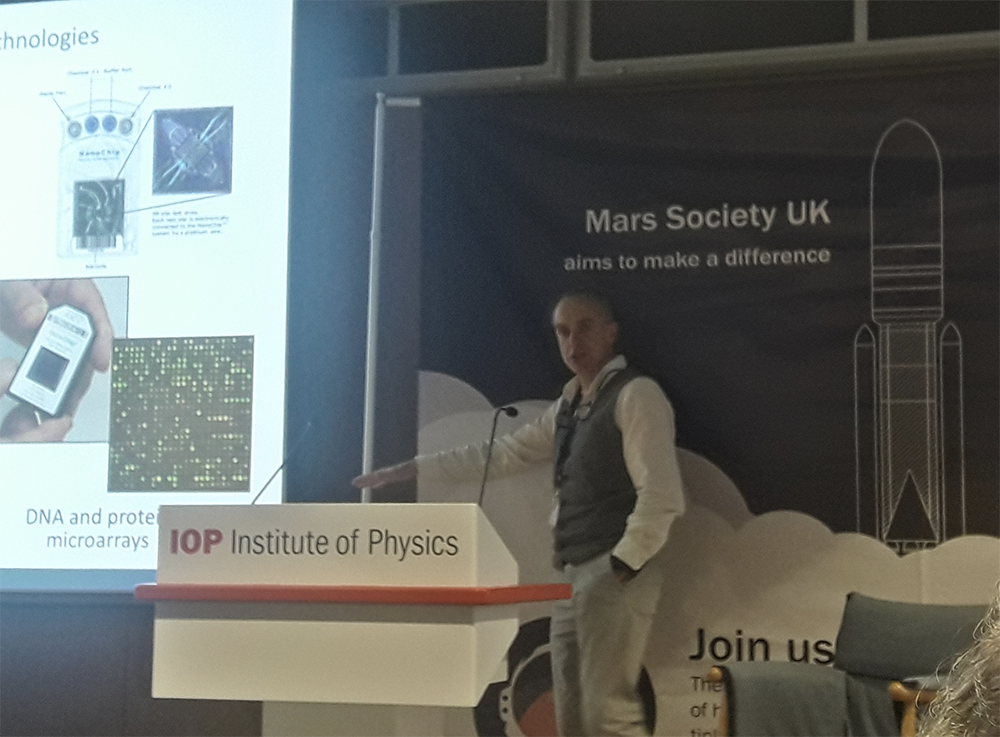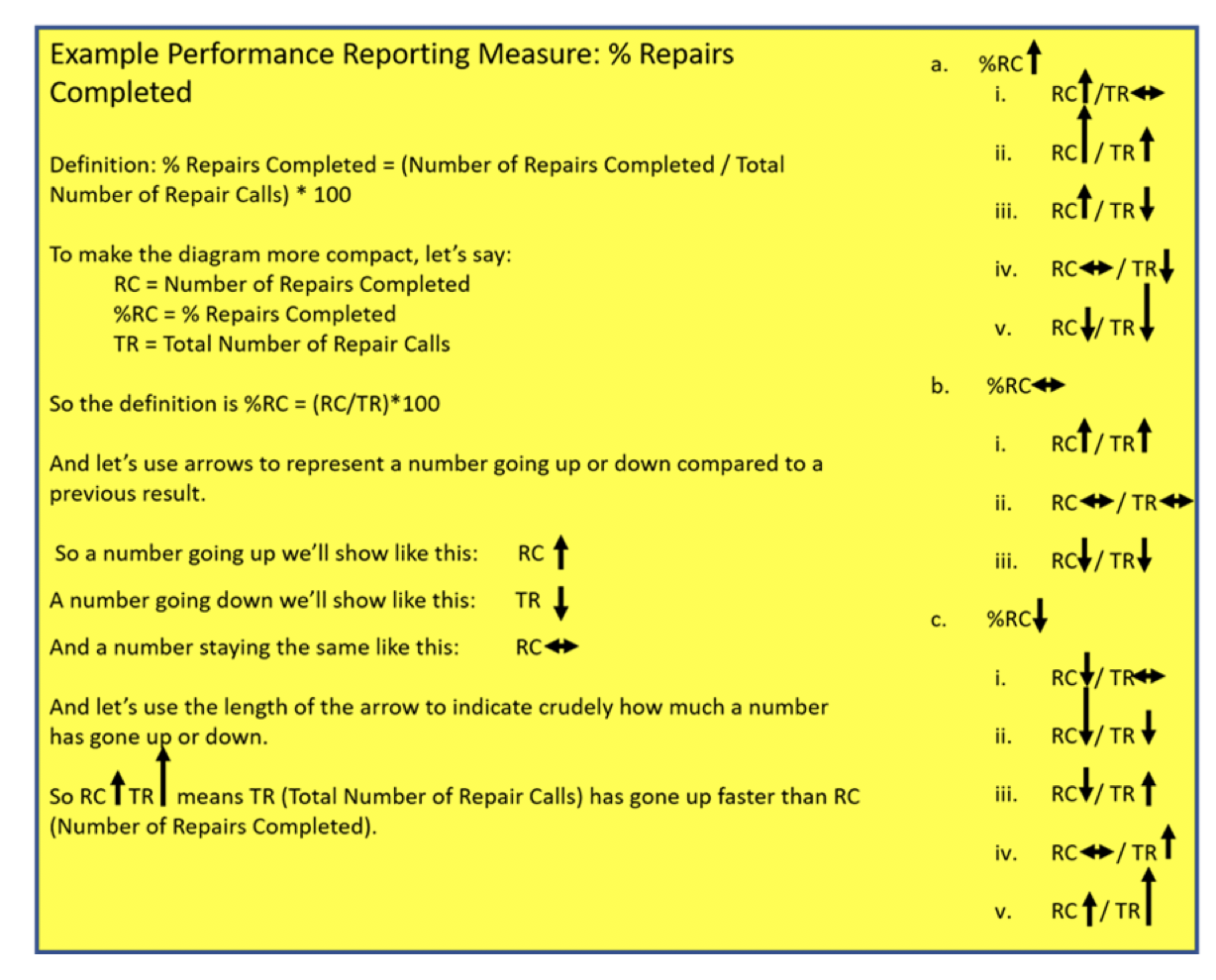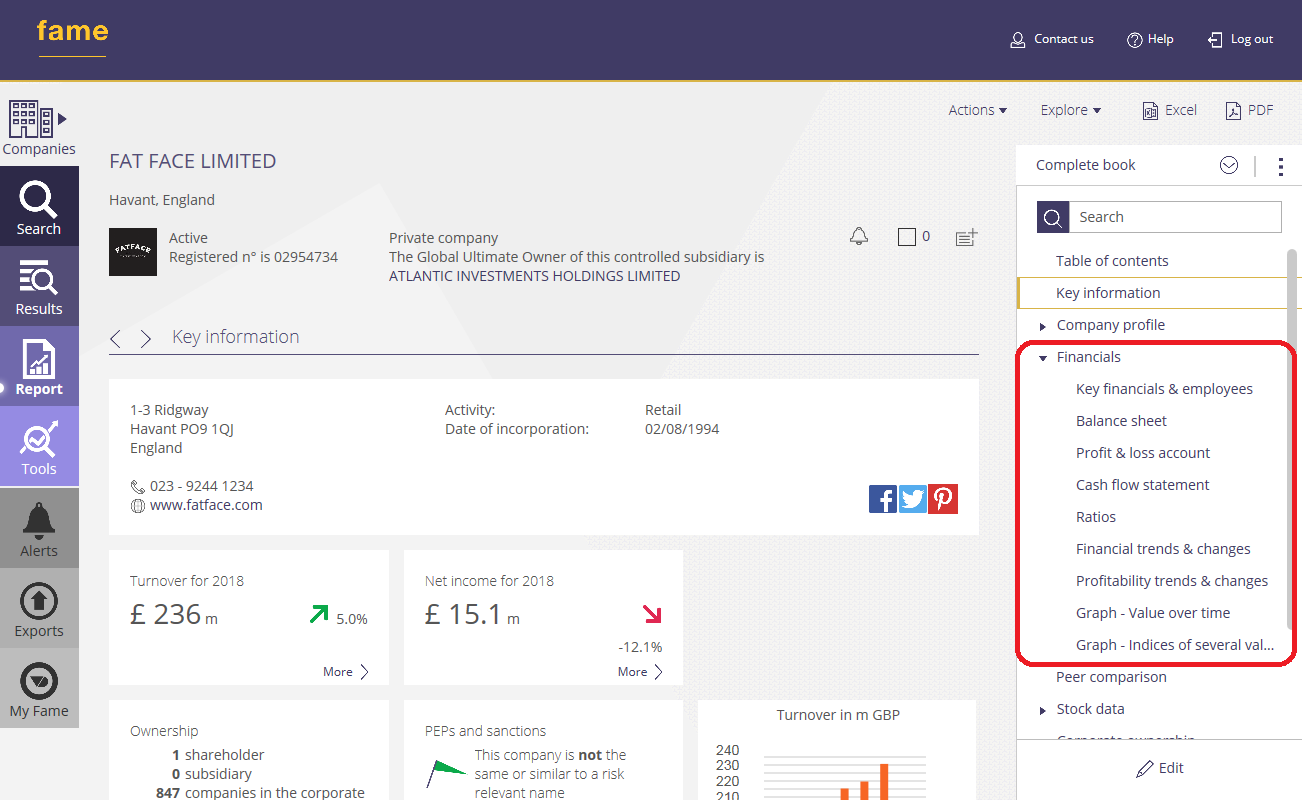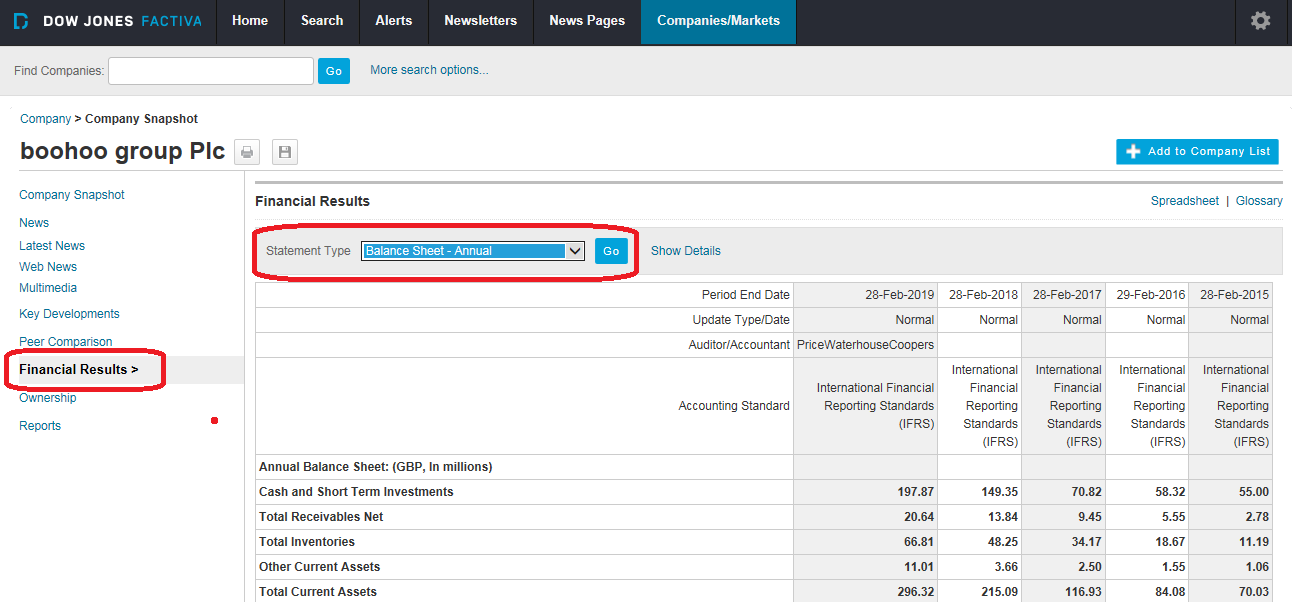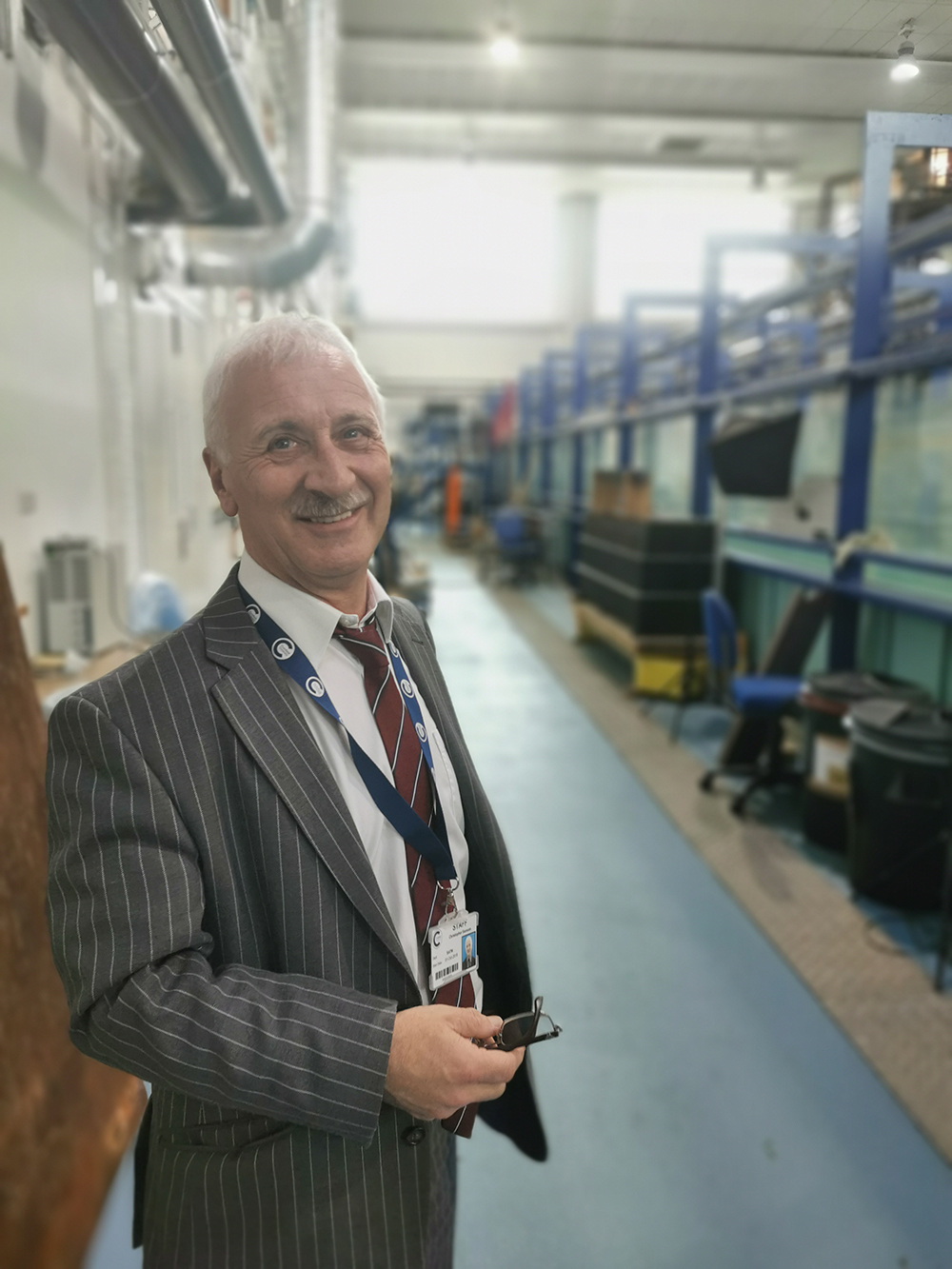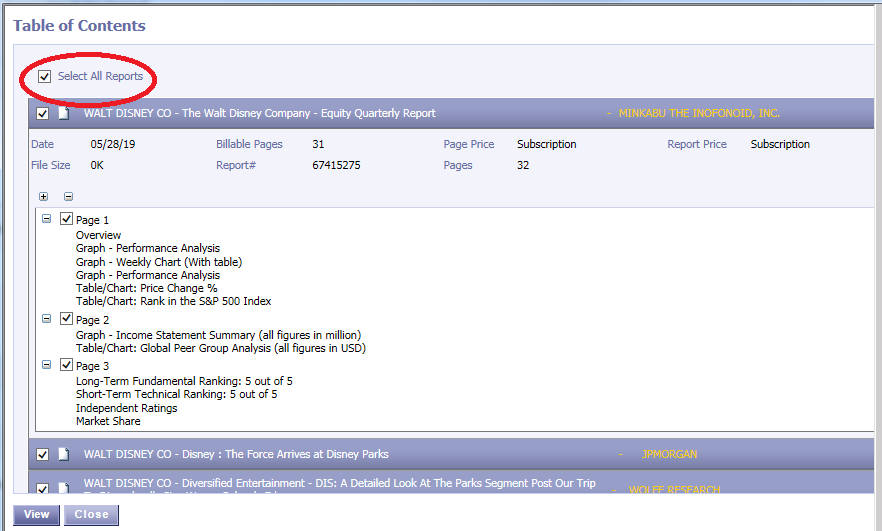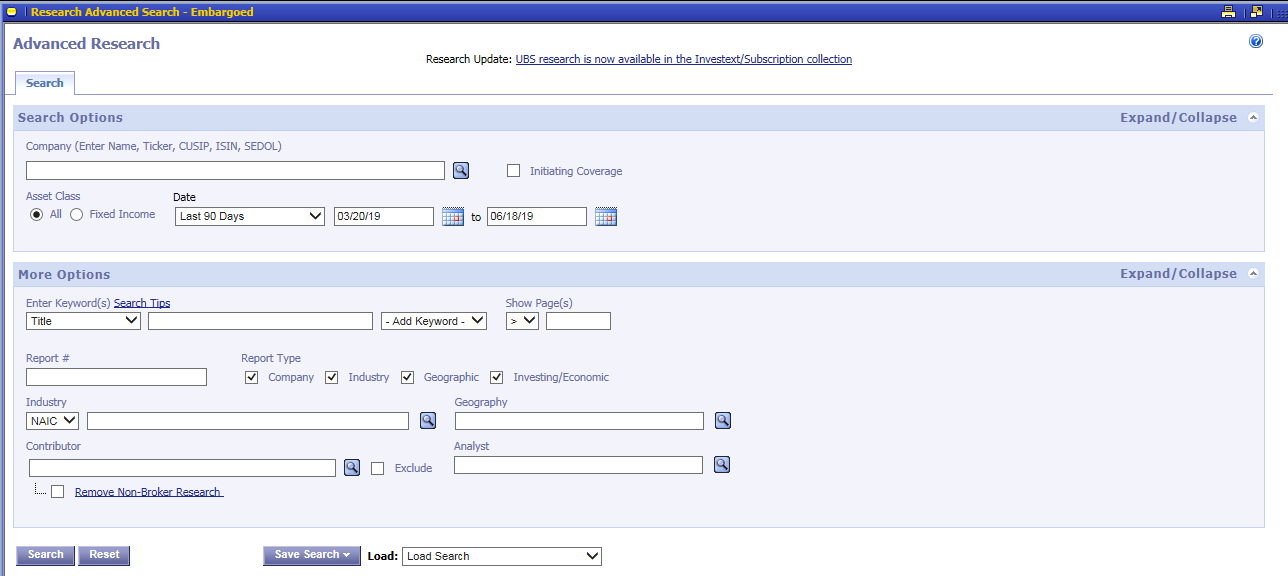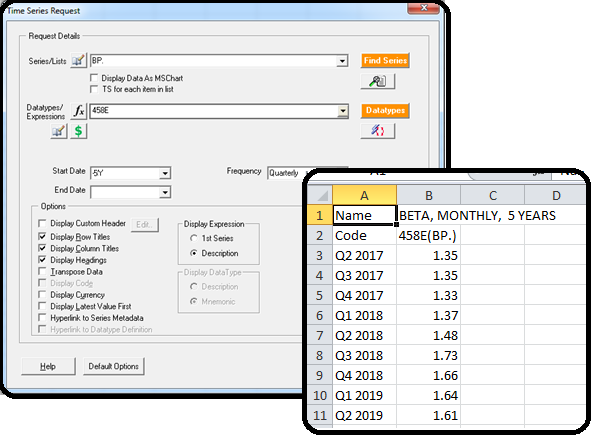Events & Promotions
|
|

GMAT Club Daily Prep
Thank you for using the timer - this advanced tool can estimate your performance and suggest more practice questions. We have subscribed you to Daily Prep Questions via email.
Customized
for You
Track
Your Progress
Practice
Pays
Not interested in getting valuable practice questions and articles delivered to your email? No problem, unsubscribe here.
- Nov 20
07:30 AM PST
-08:30 AM PST
Learn what truly sets the UC Riverside MBA apart and how it helps in your professional growth
Kudos
Bookmarks
| FROM Cranfield SOM Blogs: Using the University’s online bookshop |
|
All Cranfield University staff and students can buy books through our dedicated online bookshop, which has been developed in partnership between the Library Service and independent retailer Wordery.com. Wordery is one of the fastest growing online bookshops. It is competitively priced against larger retailers such as Amazon and offers free delivery to over 100 countries. It sells over 10 million books for both academic and personal use, including fiction and children’s’ books. The Library Service receives a small commission on sales, to support us in further improving our services and access to library resources. Buy one book and get 10% off everything else in your basket by using code CRANFIELD10 at the checkout. Visit the Cranfield University Online Bookshop |
This Blog post was imported into the forum automatically. We hope you found it helpful. Please use the Kudos button if you did, or please PM/DM me if you found it disruptive and I will take care of it.
-BB
Kudos
Bookmarks
| FROM Cranfield SOM Blogs: Naomi wins poster prize! |
|
On Wednesday 4th September 2019 it was the Thesis Presentation Day which marks the end of the MSc courses for this year! Every year a prize is awarded to the student with the best poster from the Environment Programme and consequently this is a highly competitive prize and a fantastic, sort after achievement. The poster project is beneficial to students as it provides a way of consolidating their studies over the last few months into one poster, whilst also building on their understanding and ability to talk and present briefly the important elements of their research and findings. Students are tasked with including 300-500 words and diagrams on their poster, which ensures they get the most important parts of their four months of research translated into poster form.  Prize winner Naomi Sandford-Dequincey used artefacts to better explain her project and further engage with examiners. After the presentation the examiners have the opportunity to ask the students questions about their projects. You should always let your enthusiasm for the project that you have been working for the last couple of months, shine through. This will mean people are automatically interested in in your project and will want to learn more. Naomi said “Cranfield invests a significant amount of time in enhancing our presentations and building our confidence so I was not too worried on the day. I have spent four months emerged in this project so I knew it inside out.” “It was a great day as you could stand proud in front of your four months of hard work. It was fun telling new people about my project and watching people be engaged and interested, particularly as my thesis explored perceptions of the Cranfield campus.” Naomi had some words of wisdom for future students, “The best advice I received was to pretend you are telling a story and the poster is the storyline. Identify the main characters and the journey they went on. Do not forget to say at the end if the journey has ended for the character, and if not, where to next?” Well done Naomi Sandford-Dequincey on winning the Environmental poster prize and for completing your MSc in Environmental Management for Business! |
This Blog post was imported into the forum automatically. We hope you found it helpful. Please use the Kudos button if you did, or please PM/DM me if you found it disruptive and I will take care of it.
-BB
Kudos
Bookmarks
| FROM Cranfield SOM Blogs: Renew your books online with Library Search |
|
If you are a new student, you have been studying at Cranfield for over a month now (doesn’t time fly?!). If you borrowed print items from your library at the very start of term, you might start to receive emails from us asking you to return them. Here’s how the process works and what you need to do to renew your items if you want to keep them for a bit longer. All loans are automatically renewed up to three times unless someone requests the item. If an item is requested by another customer, it must be returned. After three automatic renewals, we will send you a courtesy email to alert you that the items you have borrowed are nearing their due date. Once we send you an overdue notice, you have seven days to either return or renew your loans. You can renew your items by replying to the email notice, telephoning us, visiting the Library with your ID card, or online. This post provides a quick step by step guide of how to renew items online through Library Search. The screenshots relate to the Kings Norton Library profile, but the process is the same whichever Cranfield University library service you use. Step 1 Go to your Library account. You can either follow the link in the email we send you, or you can click the link at the top right of the Library Search screen.  Log in to your account using your usual University network username and password. Step 2 Go to the “Checkouts” tab.  Step 3 Click the radio buttons to select the items you wish to renew and then click the “Renew” button at the bottom of the tab. 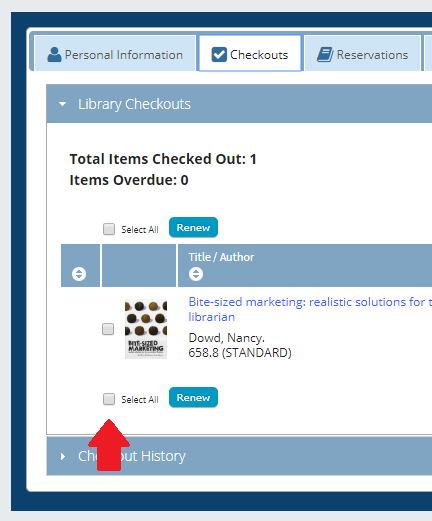 If you wish to renew all your items, you can click on the “Select all” option next to the “Renew” button to save time. As long as no-one else has requested the items, they will be renewed for you. Please do not ignore our emails about overdue items. As you can see, it is very quick and easy to renew them and doing so prevents the system from suspending your account. |
This Blog post was imported into the forum automatically. We hope you found it helpful. Please use the Kudos button if you did, or please PM/DM me if you found it disruptive and I will take care of it.
-BB


